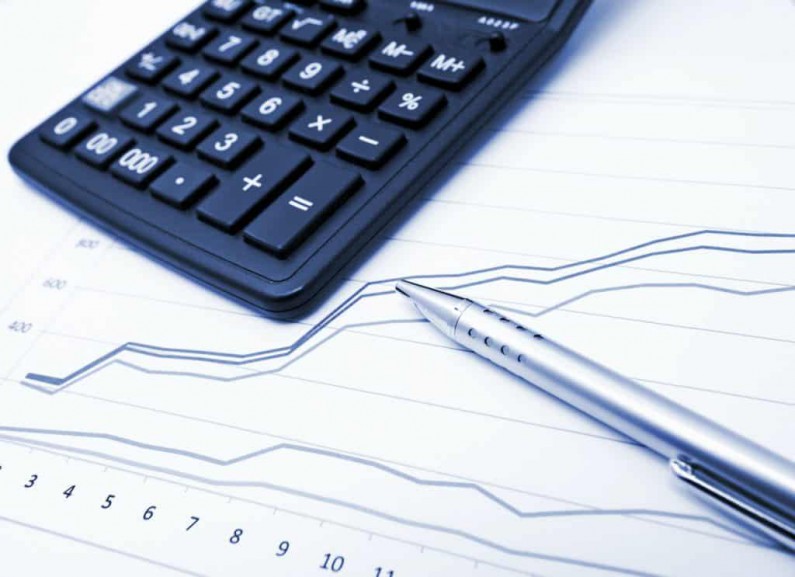
How is your business going? Here are some indicators to use to assess it.
Gross Profit
On your Profit and Loss Statement, gross profit is the difference between revenue and the cost of goods sold (or services provided). It generally appears before administrative expenses and general overheads are accounted for. Ideally, gross profit covers your overheads as well as generating your targeted profit, your net profit.
Net Profit
Net profit is what you’re going for – it is the actual profit after all expenses and overheads have been paid. Net profit is the bottom line. When you are assessing your business’ actual profitability, bottom line tells you a lot (it is, after all, the bottom line).
They’re the basics. But there are other indicators worth analysing. Gross profit percentage is one.
Gross Profit Percentage
Gross profit percentage is a percentage of sales and it’s a valuable metric to keep hold of. It is the ratio of your gross
profit in proportion to your sales:
Now that you’ve calculated it, what are you going to do with it? For a start, calculate your breakeven point:
Breakeven point
What does your gross profit percentage tell you?
Gross profit percentage is a useful indicator of production efficiency and financial health. Ideally, it is fairly stable, barring drastic upheavals in your business or industry. A drop might mean one of a number of factors which need to be corrected, such as a rise in costs, waste or bad debts.
In a competitive market, where benchmarking data is available, you might compare your business’ gross profit percentage to that of your competitors and take steps to make sure you keep your edge. Gross profit percentage can vary widely across different industries. For food and beverage businesses, for example, it’s a very thin margin while for software businesses it tends towards the high end.
Changes in gross profit percentage might also mean increased competition in the market or increasing demand from customers for discounted products or services. It could be a response to changes in the business, such as expansion driving increased production costs or a higher wages bill.
Keeping track of your profitability gives you the big picture on your business. The key metrics that indicate profitability are all windows onto the big picture. Understanding them will help you set goals and drive growth.
Need More Time to Calculate and Pay Taxes?
Profitability. Should you lack time, or indeed inclination, give me a call or send me an email so that we can arrange a time to run over your accounts or financial statements to determine profitability for the year.
How Profitable is My Business?
Payment of Taxes. Talking of year-end, and indeed of March in particular, IRD requires individuals and firms to pay their taxes on or before the published due dates. Should you like a hand with calculating and filing your returns on or before balance dates, do give me a call or send me an email.
Help With Paying on Time
More Time on Offer. Remember, as a tax agent, we are able to spread the filing of returns and payments on your behalf, and for your organisation, giving you greater flexibility than the official due by dates published by IRD.
Like a hand with:
- Terminal Tax,
- Provisional Tax
- GST Returns (and Payments)
then pick up the phone or send me an email. Do it today, before IRD start contacting you…
HAVE WE GOT YOU THINKING?
Give us a call on (04) 563 6965 or email: dennis@taxman.co.nz or shawn@taxman.co.nz
Keep an eye out for August’s article!
